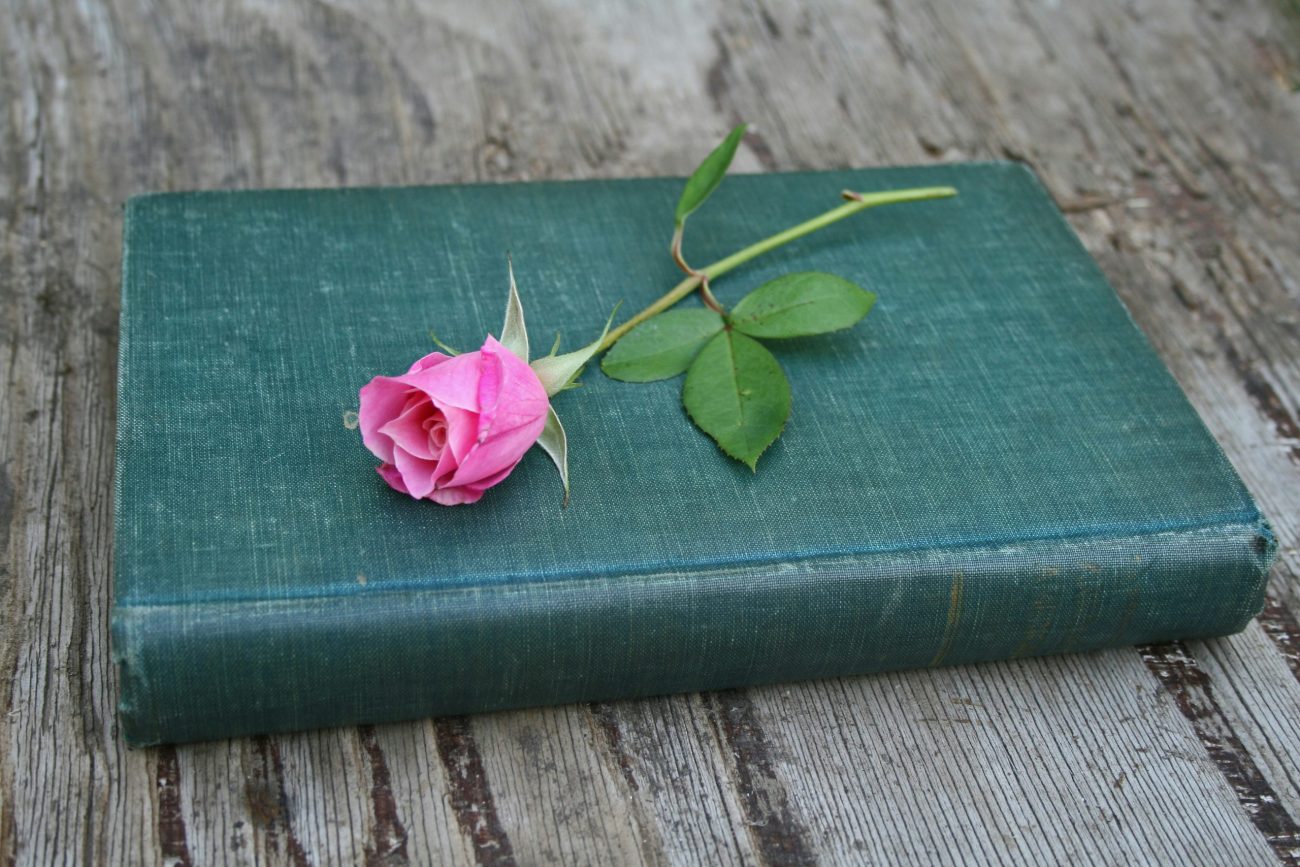Plot and story are two important elements of a novel, but they are not the same thing. Understanding the difference between these elements is crucial for writers and readers alike, as it can help to create and appreciate a well-crafted novel.
Plot
Plot refers to the sequence of events that make up a story. It is the framework that holds the story together and provides structure. The plot is made up of the inciting incident, the rising action, the climax, the falling action, and the resolution. The plot is what gives the story direction and purpose. It moves the story forward and keeps the reader engaged by introducing conflict, obstacles, and twists.
In the book Delve, Pivot. Propel, Steven James stresses that plot is simply the result of your character’s desires not being met. Those unmet desires bring about tension and initiate the pursuit of the desire. Plot is the natural progression of what your character(s) would or would not do, and what might or might not happen, based on their goal of meeting this desire that everything else seems to be working against. Think of the plot as the journey the character(s) take in order to meet their desire/goal.
Story
Story, on the other hand, refers to the narrative being told. It is the emotional and personal experience that the reader takes away from the novel. The story makes the reader care about the characters, their struggles, and the world they inhabit. The story is the heart and soul of the novel, and it resonates with the reader long after the last page has been turned. Some examples may help to clarify this difference.
Probably the easiest way to understand is to look at variations of the basic story of Romeo and Juliet. There are countless retellings of this story, with different plots. Possibly the most famous is the movie West Side Story, which follows an almost identical emotional journey but is set in mid-1950s Manhattan and features the rival gangs the Jets and Sharks rather than the feuding houses of the Montagues and Capulets in 13th- or 14th-century Italy. Indeed, the same story could be told through countless plots—any setting and period in which a couple falls in love from two feuding groups at any point in history, or the future, on earth, or in some made-up sci-fi world. A doomed romance between a female member of Star Wars’ “Rebel Alliance” and a male stormtrooper of the “Galactic Empire” is another potential example of the Romeo and Juliet story with a different plot.
Together Forever
In a novel, plot and story work together to create a cohesive and memorable experience for the reader. The plot provides the structure and movement, while the story provides the emotional connection and depth. A well-written novel will have a strong plot and a compelling story that complement each other and leave a lasting impression on the reader.
Plot and story are both important elements of a novel, but they are not the same thing. Understanding the difference between these elements can help writers craft well-structured and emotionally impactful stories and can help readers appreciate the depth and nuance of the novels they read.



